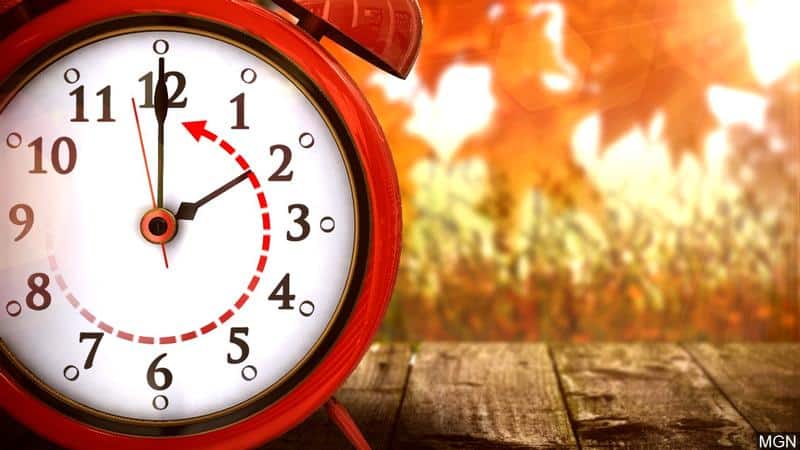Daylight saving time is upon us, marking the moment when we lose an hour of sleep but gain more evening light. This year, the shift to daylight saving time occurs on Sunday, March 10, at 2 a.m., moving clocks ahead to 3 a.m. The change comes just before the official start of spring on March 20, impacting sleep patterns and evening activities for many Americans.
Despite common misconceptions, daylight saving time was never intended to benefit farmers. Originating in Thunder Bay, Ontario, in 1908, and popularized by Germany in 1916 to save coal during World War I, the concept became standardized in the United States in 1966 with the Uniform Time Act under President Lyndon B. Johnson. The aim was energy conservation, a principle still recognized by the U.S. Department of Transportation, which oversees the observance.
While the Senate passed the Sunshine Protection Act in 2022 to make daylight saving time permanent, it has yet to become law, leaving the twice-yearly clock change in place. Currently, Hawaii and Arizona, along with several U.S. territories, do not observe daylight saving time. As the nation prepares for this year’s “spring forward,” the discussion continues over the future of this longstanding tradition.

FingerLakes1.com is the region’s leading all-digital news publication. The company was founded in 1998 and has been keeping residents informed for more than two decades. Have a lead? Send it to [email protected].
Read the full article here

Leave a Reply